Yard Grading and Resloping Services
Proper yard sloping directs water away from foundations, reducing the risk of water damage and soil erosion.
Techniques include regrading existing slopes, adding fill, and shaping the landscape for optimal drainage.
Resloping can correct uneven surfaces, improve drainage, and prepare yards for landscaping or construction.
Equipment such as laser graders, skid steers, and trenchers are commonly used for efficient yard grading.
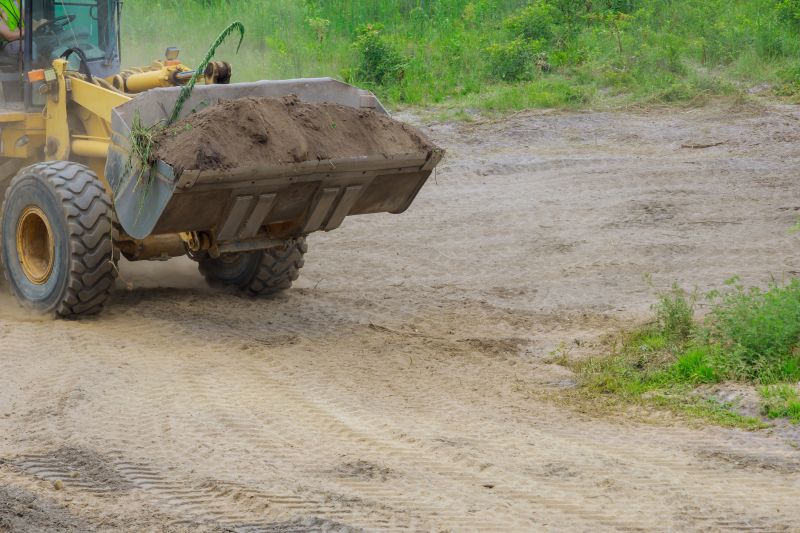
Uneven yard surface requiring grading.
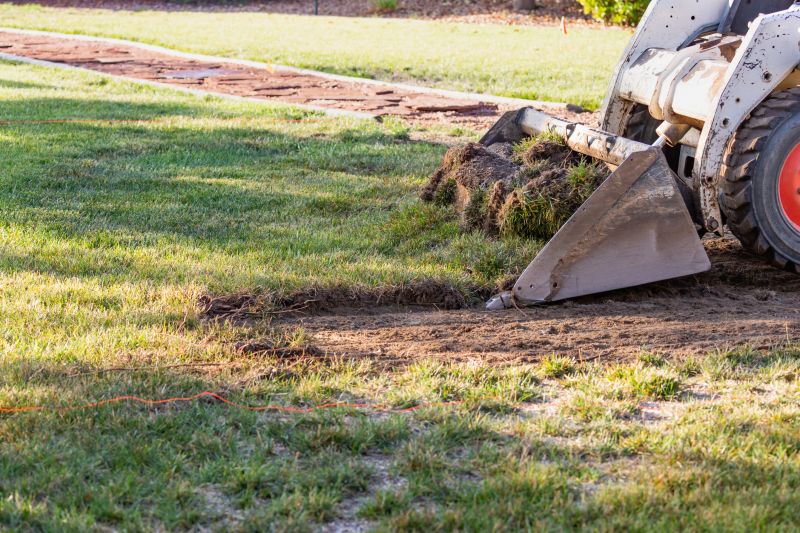
Professional machinery used for yard regrading.
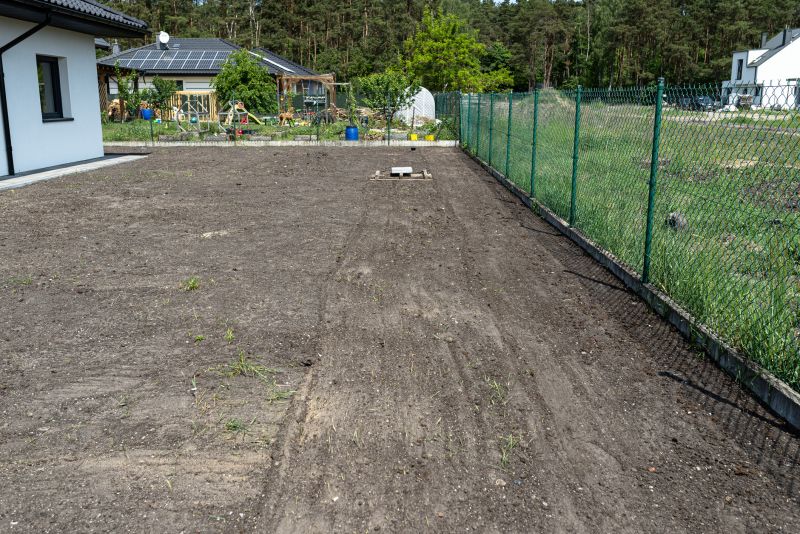
Smooth, properly sloped yard surface.
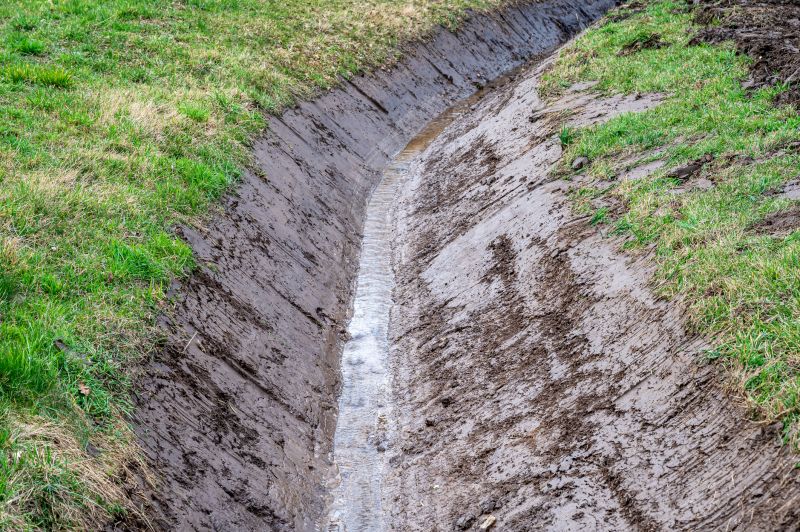
Properly sloped yard directing water away.
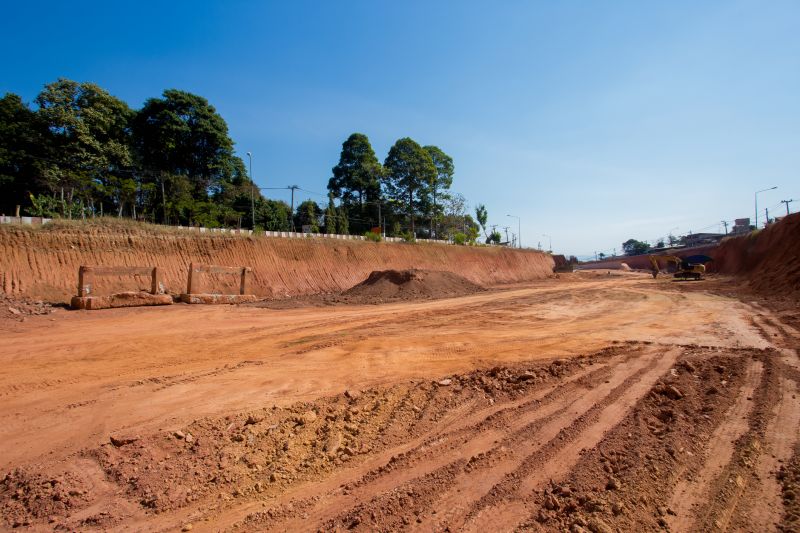
Step-by-step yard regrading in progress.

Yard ready for landscaping after grading.
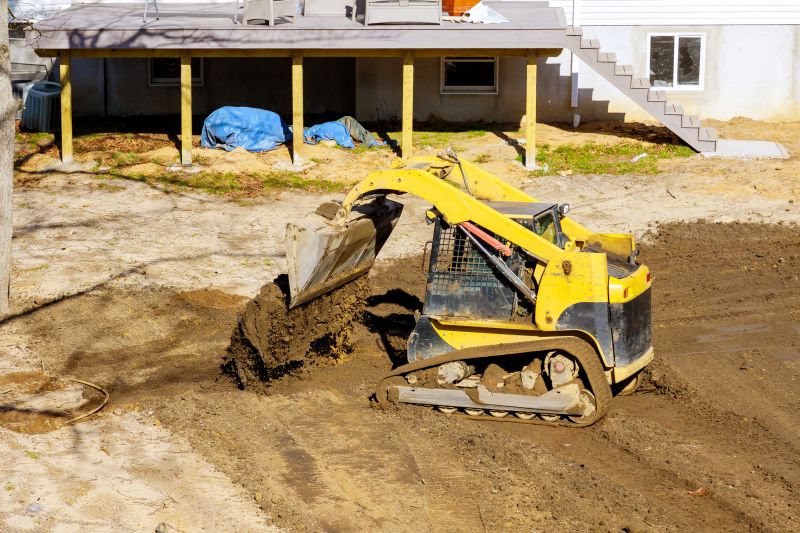
Skid steer grading a yard.
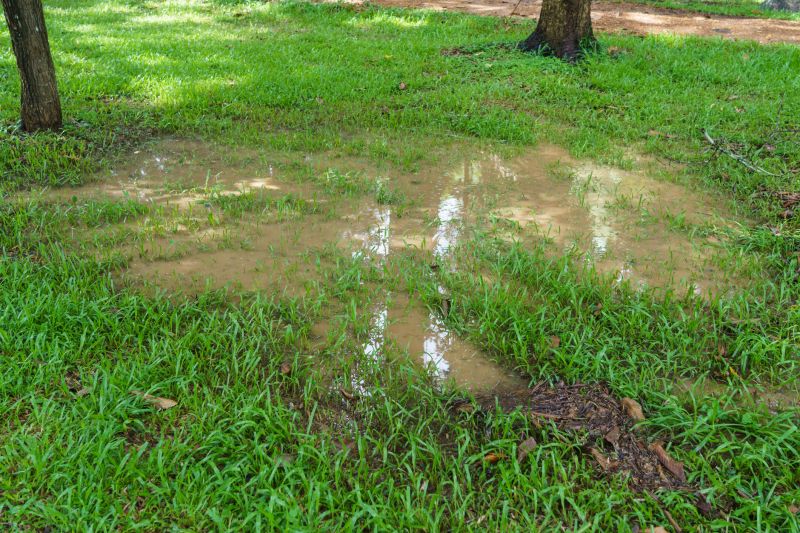
Final yard slope for optimal drainage.
The process of yard grading typically involves assessing the current slope, removing excess soil or adding fill as needed, and shaping the landscape to achieve the desired grade. It often takes a professional a few hours to complete a standard residential yard, depending on size and complexity. Larger or more complex projects may require additional time and equipment.
| Aspect | Details |
|---|---|
| Typical Duration | Several hours for standard residential yards |
| Equipment Used | Laser graders, skid steers, trenchers |
| Process Steps | Assessment, soil removal/addition, shaping |
| Ideal Slope | 2-5% for effective drainage |
| Common Challenges | Uneven terrain, soil compaction |
| Preparation Needed | Clearance of debris and obstacles |
| Post-Work Care | Grassed or landscaped for stabilization |
At the bottom of the page, a series of four images illustrates the yard grading process from start to finish, showcasing the transformation from uneven terrain to a properly sloped yard designed for optimal drainage.
Interested in improving your yard’s drainage and appearance? Fill out the contact form to receive a quote for professional yard grading services.
